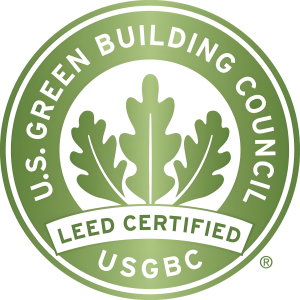Indoor air quality and use of 3D printers in schools
Consumer use of 3D printers is booming, particularly in classrooms. In fact, a Statista study shows that 3D printer use in education tripled in two years. 3D printers have become a valuable tool in K–12 classrooms, because they inspire creativity and problem-solving by bringing students’ ideas and designs to life. However, as with so many new technologies, there are also unintended consequences to consider.
Chemical Insights (an Institute of Underwriters Laboratories), a not-for-profit organization dedicated to scientific research, along with researchers from Georgia Institute of Technology (Georgia Tech), embarked on a multi-year research initiative on 3D printer emissions.
What the research found
3D printers emit particles, most of which are ultrafine in size, and volatile organic compounds (VOCs), some of which are known irritants, carcinogens and odorants. The exposure may present a human health hazard, in particular when a person stands next to the printer or the printer is in a room with minimal ventilation. The amount and type of these emissions varied based on factors like printer and filament brand, filament material, and extrusion and build plate temperature. Read the research fact sheet.
Link here:



